Helping Customers Find the Best Awnings, Pergolas, and More
The best retractable awnings and pergolas spruce up the look of your house or business. Depending on the model and fabric, they can also reduce heat and glare in outdoor areas and even help keep inside spaces cool. When choosing patio awnings or pergolas for your home or company, you need to consider the type or style of the awning, the shade material, and the mechanics of use that best suit your needs. The size of the awning or pergola, its shape, and its angle/pitch are other considerations that affect how effective the model will be.
Whether you’re using an awning or pergola for weather-related protection, to improve the aesthetics of your home or business, or to advertise, you’ll find plenty of information at Retractable Awnings Reviews to help you make an informed decision.
Retractable Awning Company Reviews
Awning companies are ranked from top to bottom based on the highest and best retractable awning and retractable pergola reviews submitted by real and verified purchases.
RETRACTABLE FOLDING ARM AWNING COMPANY REVIEWS
Explore retractable folding arm awning and pergola companies with quality products and positive reputations in the industry in my in-depth list of brand reviews.
RETRACTABLE PATIO COVER PERGOLA COMPANY REVIEWS
Want to learn more about retractable patio covers and pergola brands before making a purchase? The reviews can help you choose the right product and provider before investing.
BEST RETRACTABLE AWNING & PERGOLA TYPES
Retractable
- Patio and deck lateral arm awnings, pergola covers, retractable louvered roofs, rotating louver roofs, canopies, and side or drop arm awnings
- Screens (vertical awnings)
- Electric, motorized, automated, or manual operation
- Fabric canopies, or polycarbonate
Stationary
- Permanently attached to a building
- Provides protection or dressings for porches, balconies, or windows
- Fixed frame.
- Wooden, metal, acrylic, polycarbonate, or glass roofs; or fabric canopies
Freestanding
- Wooden, metal, acrylic, polycarbonate, or glass roofs; or fabric canopies
- Pergola, trellis, gazebo, vehicle shelters, outdoor kitchen, or BBQ shelters
- Fixed or retractable canopy
- The frame is aluminum, metal, wood, or PVC
- Covers are often wood, fabric, glass, metal, polycarbonate, aluminum, or fabric
BEST RETRACTABLE FOLDING ARM AWNING MODELS
Choosing the right product for your unique application is just as important as partnering with the right provider. Explore the websites retractable folding arm awning reviews to meet your perfect match.
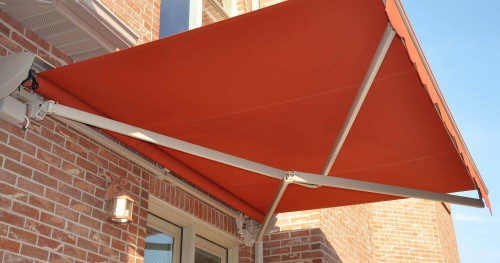
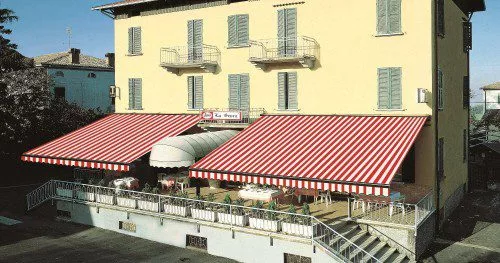
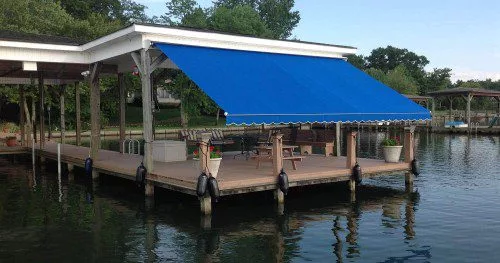
BEST RETRACTABLE PATIO COVER PERGOLA MODELS
Choose the best retractable pergola by learning as much as you can about the products available on the market — the website’s list of models and information will help.
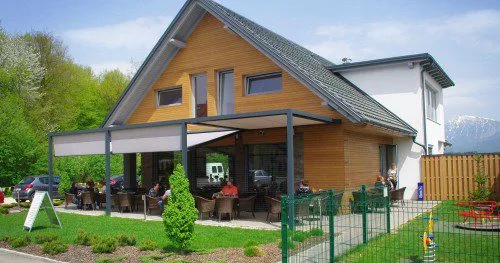
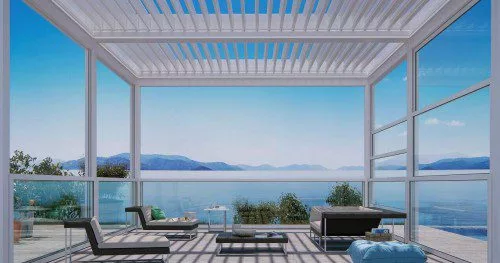
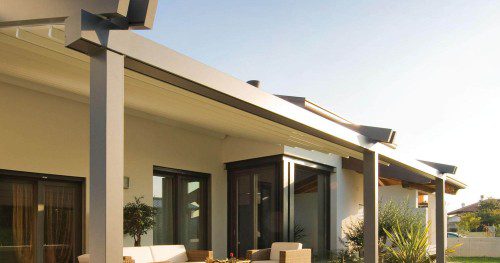
Newsletter - Sign up and stay informed
ASK A QUESTION
Not sure where to start on your retractable shade journey? Retractable Awnings Reviews is here to help. Just fill out our contact form to connect with an industry expert — we’ll help you start your journey and find the best retractable awning for your space.
LATEST BLOGS
When it comes to retractable awning reviews, there are always new products and customer testimonials hitting the market (and the airwaves). Explore our blog to find the latest in retractable shade news and products.